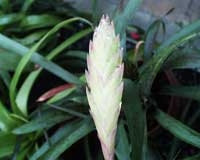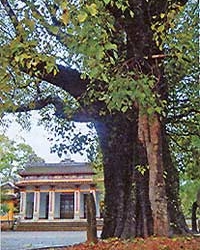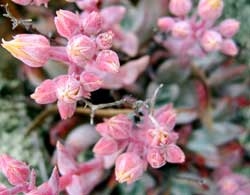Vu Quang Scent (Lasianthus vuquangensis) and Ha Tinh Scent (Lasianthus hatinhensis) are two newly discovered plant species at Vu Quang National Park.
On April 9, sources from Vu Quang National Park (Ha Tinh) reported that researchers have discovered and announced two new plant species for science, which are two species within the genus Scent (Lasianthus) belonging to the Coffee family (Rubiaceae).
These plant species are named after the locations where they were found.
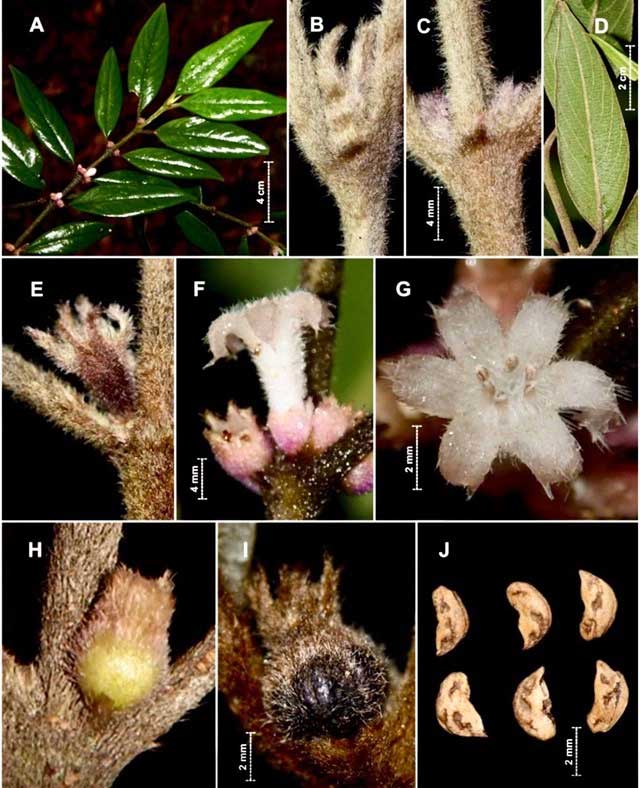
Vu Quang Scent (Lasianthus vuquangensis). (Image source: Phytotaxa).
The discovery of these two new plant species is the result of a collaborative research investigation between Vu Quang National Park, the Vietnam Forest Science Institute, and Kyushu University (Japan), conducted in mid-June 2016.
The species Vu Quang Scent was discovered and sampled at an elevation between 1,000 and 1,240 meters above sea level, with the sample designation V3806. Meanwhile, Ha Tinh Scent was found at an elevation between 1,600 and 1,800 meters above sea level, designated as sample V5875.
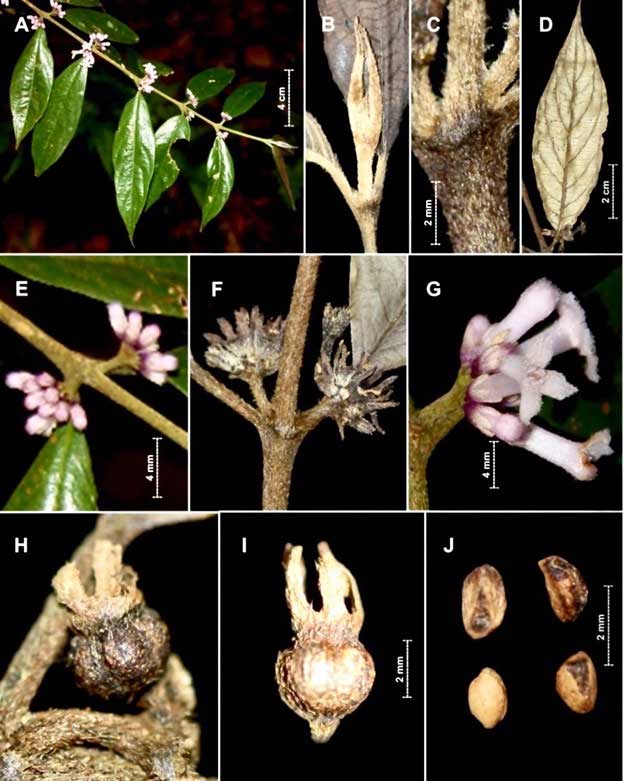
Ha Tinh Scent (Lasianthus hatinhensis). (Image source: Phytotaxa).
However, it was not until 2023 that both species were fully described and published by authors from the Tropical Biology Institute (under the Vietnam Academy of Science and Technology) and the Tropical Biosphere Research Center (under Ryukyus University, Japan) in the extensive work “A revision of the genus Lasianthus Jack (Rubiaceae) from Vietnam,” which identified a total of 40 new Scent species for science discovered in Vietnam.
The discovery and addition of these two new species further affirm the potential and high biodiversity present in Vu Quang National Park.
In the future, Vu Quang National Park will continue to collaborate with domestic and international scientists in researching new animal and plant species in this area.
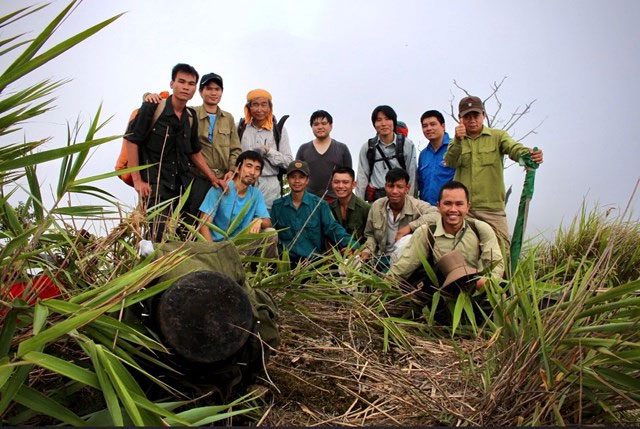
The research team conducting fieldwork at Vu Quang National Park.
Vu Quang National Park was established in 2002 and is located in the districts of Vu Quang, Huong Khe, and Huong Son (Ha Tinh), currently managing and protecting 57,029.84 hectares of forest and forest land.
This park is one of the most significant biodiversity centers in Vietnam, preserving many valuable gene sources. It is home to numerous endangered and rare animal and plant species listed in the IUCN Red List and Vietnam’s Red Book, which require priority conservation and strict protection.








































